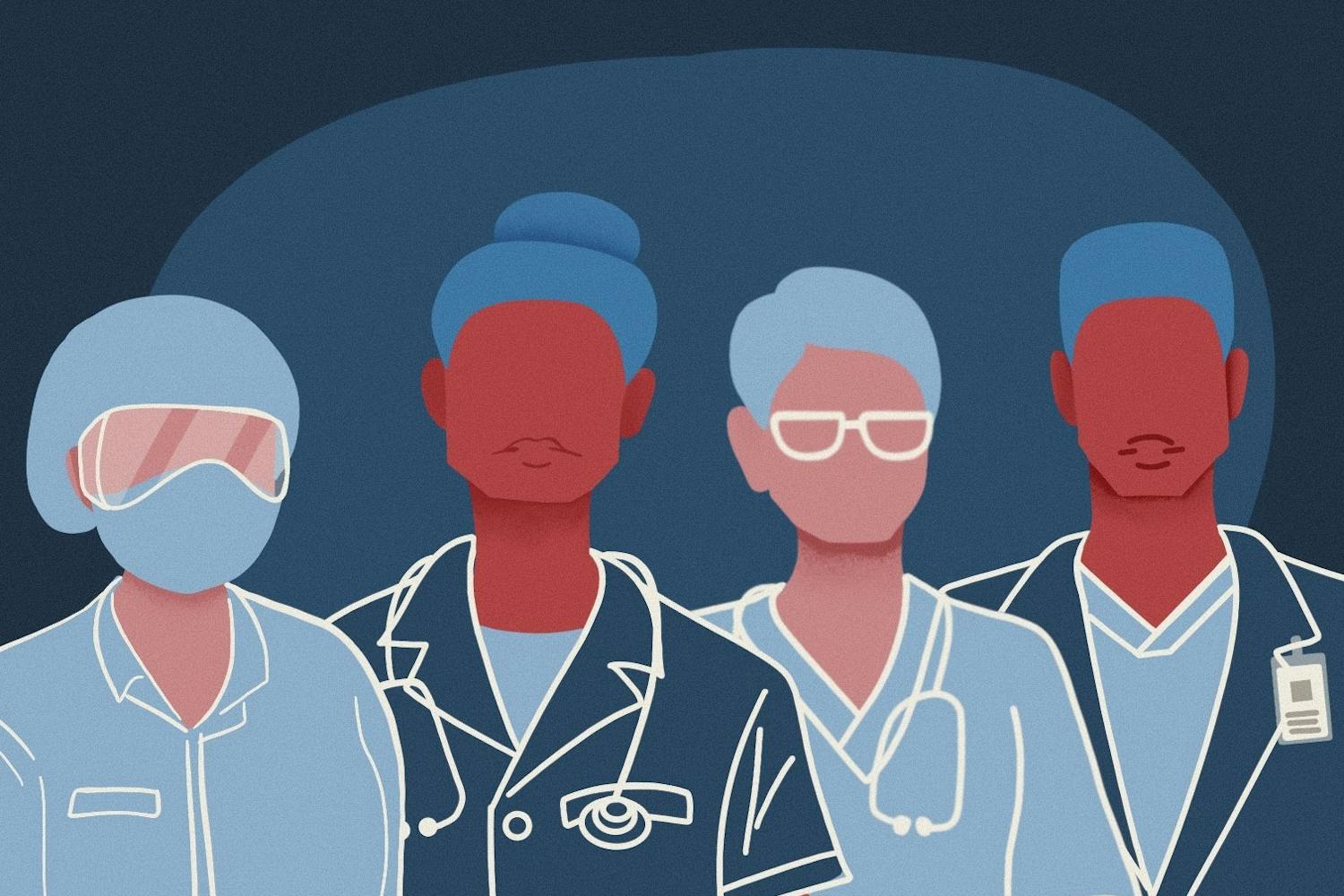Marijuana use, medical and recreational, legal and illegal, is deeply contested on two opposite spectrums. In one camp, advocates for marijuana use highlight the history of marijuana and apparent lack of adverse effects compared to alcohol and tobacco consumption. Proponents of the other camp note the possible health effects of marijuana use and its potential “gateway drug” effect.
However, legalization and other arguments aside, there has been a lack of substantial research to provide a consensus of literature on regular, recreational use of marijuana. What is even more concerning is that a large number of users and regular users are young, and the brain is still developing during the early 20s. With this young population’s regular recreational use, there is a mantra being naïvely sung: marijuana is natural and harmless.
While indeed marijuana derives from the Cannabis sativa hemp plant, its “naturalness” does not explain away the “psychoactive (mind-altering) chemical delta-9-tetrahydrocannabinol (THC)” that alters the body’s natural endocannabinoid system.
Many substances, including alcohol, heroin, cocaine, methamphetamine and mushrooms, derive from natural resources. Given the lack of consensus on the adverse effects of marijuana, the assumption that “natural” equals “harmless” is giving younger marijuana users a false sense of security in their recreational drug consumption.
Marijuana research studies are plastered on news headlines in an apparent face-off. Some articles say studies about marijuana use and IQ are limited and do not support their claims, while recent articles say IQ and marijuana use are linked in the age of onset and duration of use.
With conflicting news articles cherry-picking from premature research studies, most cannot discern what the true health effects are, and some interpret this inconsistency as a lack of proof for adverse health effects. That interpretation leads to dangerous assumptions about the unknown long-term effects of recreational use.
What can be agreed upon concerning marijuana use is how it affects the brain short-term in a “high.” More recently, scientists have pinpointed the body’s natural cannabinoids, anadamide and 2AG (2-arachidonoyl glycerol), that attach to receptors within the body’s natural endocannabinoid (EC) system.
Similar to the way most drugs and medicines affect the brain, the THC in marijuana binds with the receptors, which block the naturally occurring cannabinoids and overwhelm the EC system’s balanced system. Because there are receptors all around the brain, various things are affected, such as slowed reaction time from the basal ganglia, impaired coordination form the cerebellum, increased appetite from the hypothalamus, euphoria from the nucleus accumbens and many other aspects such as panic, anti-nausea, memory, judgment and thinking and decreased pain sensitivity.
Understanding this, more controversy around marijuana use ensues over the long-term effects of increased consumption and start of consumption at younger ages. Correlations between marijuana use and issues with mental health and cardiopulmonary health need to be further researched.
Some literature does suggest that marijuana smoke acts as an irritant to lungs, but it is unclear if it links to lung cancer like tobacco does. Research on cardiovascular health suggests that the heightened heart rate and other aspects of marijuana can have serious ramifications such as stroke and heart attack.
Alongside those, the psychotic reaction of hallucinations and paranoia can trigger or worsen schizophrenia. Rather, the effects of marijuana use on young users developing their brains need to be researched, and the correlations between genetic health predispositions must be assessed.
Unfortunately, gathering conclusive casual evidence for adverse effects of marijuana is more difficult than it seems. While most of the research community knows the limitations of finding strong correlative data among selection biases and inappropriate experiment designs, many people outside of this group do not fully understand the meaning of the studies.
However, recent studies seem to be improving upon their designs and producing more consistent research while controlling for confounds, or other external sources. Before assuming that marijuana is harmless, or even responsible for lower IQ, more elaborate and controlled research must be found and interpreted for regular consumers to truly be informed on all of the potential short- and long-term health consequences.
Reach the columnist at jessica.m.fletcher@asu.edu or follow her on Twitter @jmf1193
Editor’s note: The opinions presented in this column are the author’s and do not imply any endorsement from The State Press or its editors.
Want to join the conversation? Send an email to opiniondesk.statepress@gmail.com. Keep letters under 300 words and be sure to include your university affiliation. Anonymity will not be granted.



